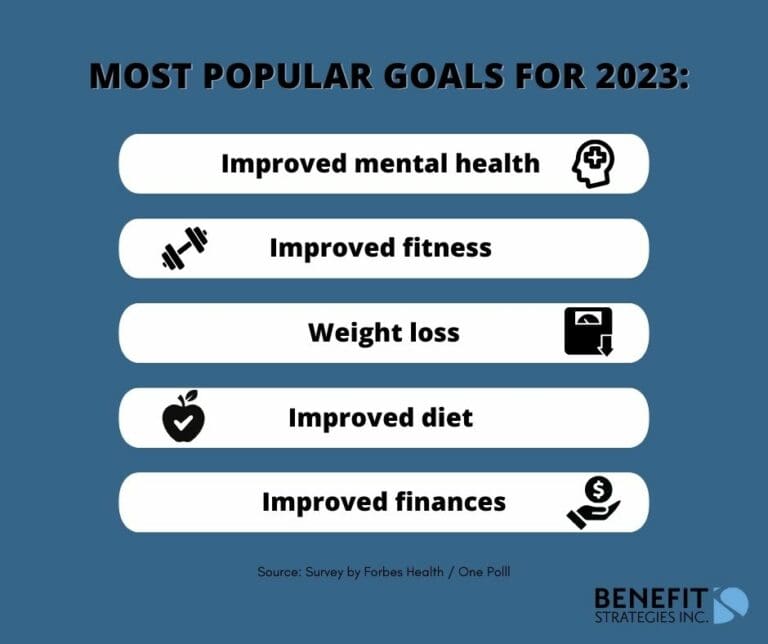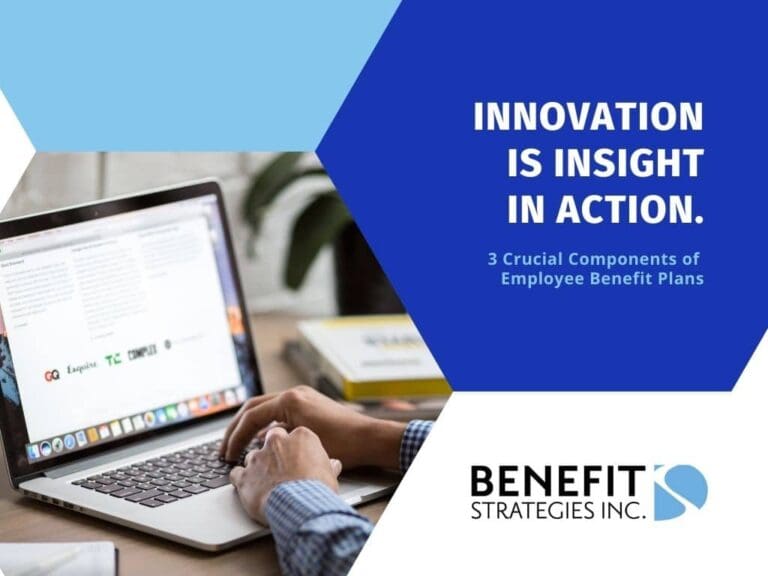Should Your Company Implement a Fitness Challenge?
Company Fitness Challenge! There are many advantages to implementing a corporate fitness challenge, with one of the biggest being the improvement in employee health. Regular exercise has been shown […]









